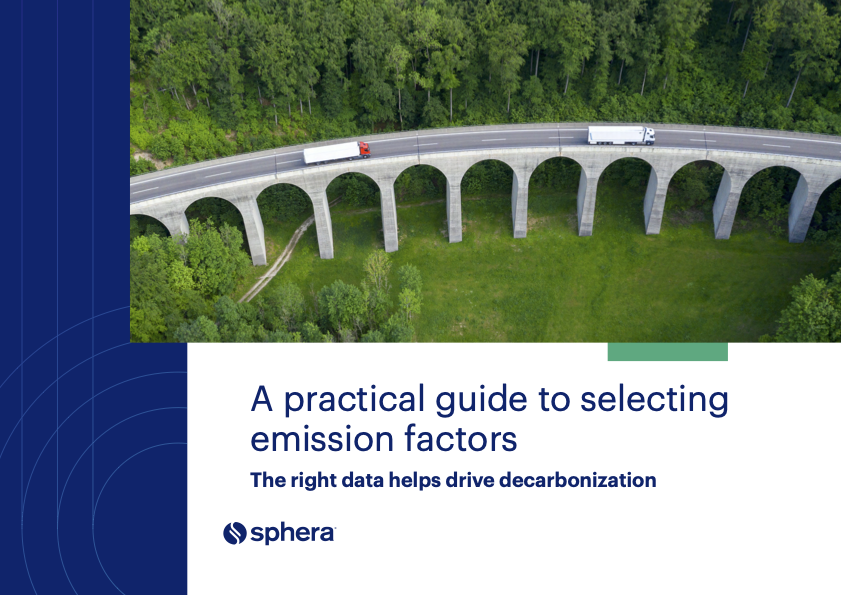Don’t exclude nature from carbon credit rules, a group of experts tell the SBTi
An open letter to the organization takes aim at a potential preference for engineered climate solutions such as direct air capture. Read More

-
- Nature-based solutions are an essential part of the net-zero transition, the experts say.
-
- Forestry and other solutions can provide durable carbon removal with the right risk management, the letter argues.
-
- The initiative’s much-watched corporate net-zero standard is undergoing revisions.
The Science Based Targets initiative (SBTi) has been urged not to exclude nature-based solutions from its net-zero standard. The plea comes from more than 40 experts who fear the organization will overly favor engineered solutions, such as direct air capture.
At the heart of the group’s argument, made in an open letter published last week, is opposition to the idea that because fossil carbon emissions originate from long-term geological stores, they should only be counterbalanced by removals that can be sequestered for a thousand or more years. The SBTi’s Corporate Net Zero Standard is undergoing revisions and the current draft suggests using this “like-for-like” principle to help determine which carbon credits companies can use.
“It’s just a fundamentally flawed concept,” said Joe Fargione, North America science director for The Nature Conservancy, who signed the letter along with 12 colleagues from the organization.
‘False binary’
The signatories’ objections to like-for-like include the “false binary” that defines permanent storage as “either 1,000 years or failure.” They argue instead for a focus on “durability,” which encompasses how long the carbon is likely to remain stored and the mechanisms used to deal with potential reversals.
In this view, credits from storage mechanisms with relatively high risk of reversal — such as forests, which can release carbon back to the atmosphere in the event of fire — can be used in net-zero frameworks provided adequate insurance mechanisms are in place. These include holding back some credits from sale so that they can be used to compensate for potential future losses.
The letter also warns of the opportunity cost of excluding nature-based solutions. That’s partly an issue of scale: The authors peg the removals potential of these solutions as 11 gigatons of carbon dioxide a year over the next decade, around a fifth of current annual total global emissions. In addition, investing in nature helps safeguard existing forests, which, if lost, could release enormous amounts of carbon.
All about the claim
One expert often seen as an advocate of like-for-like is Robert Höglund, head of climate strategy and carbon dioxide removal at Milkywire, a Swedish company that helps businesses meet climate and nature commitments. He told Trellis that he agrees with many of the arguments in the letter. “There’s a big miscommunication around when permanent carbon removal is supposed to be used,” he said.
Höglund argued for a focus on how the credits associated with climate solutions are used. In an emissions trading scheme, for instance, companies can purchase credits instead of reducing emissions. The SBTi also allows companies to use credits to offset hard-to-abate emissions that remain at the end of a journey to net zero. In these situations, said Höglund, permanent removal is required because the credits are a substitute for emissions reductions.
Many other companies, however, want to use credits to compliment ongoing reduction efforts. In this case, credits purchases are akin to a tax that companies pay because of their ongoing emissions. “If it’s just a tax you pay on your way to zero? Then I don’t see it has to be permanent,” said Höglund “Then you should look at just what’s most cost-effective.”
Consultation on the current draft of the SBTi’s net-zero standard closed last month. The organization will next pilot the standard with a small number of companies, with a view to finalizing the document next year.
















